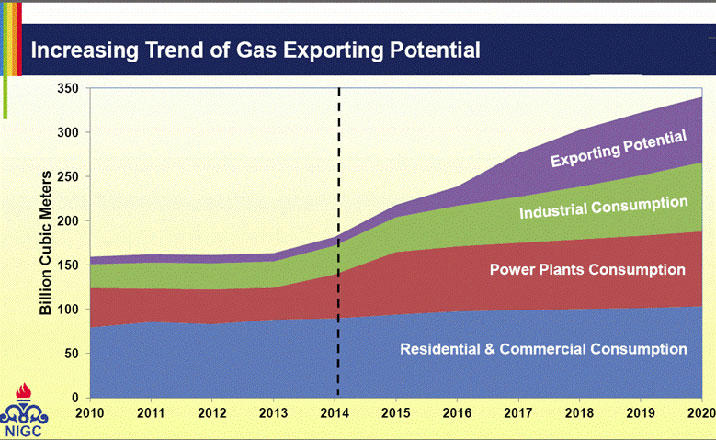Baku, Azerbaijan, Feb. 8
By Dalga Khatinoglu – Trend:
Iran plans not only export gas to Oman, but to use its idle LNG capacity to liquefy Iranian gas for exports by 2020.
The two sides signed a framework agreement Feb. 7 to expand the time of construction of a 200-km undersea pipeline, estimated to cost $1.5 billion, which will be split equally between buyer and seller.
Oman has recently asked Iran to change the route of the pipeline to evade the UAE waters. Instead of a shallower 300 meters deep route, the pipeline is to plunge close to 1,000 meters below the sea's surface. But the route will be slightly shorter.
Iran says French Total and Anglo-Dutch Shell were willing to build the pipeline.
Aside from gas export, Iran also plans to use the idle capacity of Oman’s LNG plants, which use only 24 percent of their 10.4-million tons a year (or about 15 bcm/yr) nominal capacity.
The acting head of the gas exporting department Ali Amirani was quoted Feb. 8 by local media outlets, such as official IRNA and Oil Ministry’s news website SHANA that Iran plans to liquefy 350 mcm/d of its gas in Oman’s LNG facilities by 2020, but it seems the correct unit is million cubic feet, namely Iran plans to liquefy about 12 mcm/d or 4.4 bcm/yr of its gas in Omani LNG plants for export.
Below is Iran’s gas consumption and export plan for 2020:

As for Oman, its gas reserves stand at 668 bcm, while its gas production stands at about 11.2 bcm/d, of which 81 percent comes from non-associated fields (tripled since 2000).
Coming to the country’s consumption, it uses about 20.5 bcm/y (an increase by three times since 2000). The rapid growth in domestic gas usage forced Oman to decrease LNG production, and according to the US Energy Information Administration, it would divert all its currently exported volumes of natural gas away from foreign markets and toward domestic consumers by 2024.
Oman imports 2 bcm/y of Qatari gas through Dolphin Pipeline as well.
The greatest growth potential for Oman's natural gas production is in the Khazzan-Makarem field in BP's Block 61. The field is a tight gas formation, and BP suggests the field has between 420 and 560 bcm of recoverable natural gas resources, and up to 2.83 tcm of natural gas in place.
BP Oman announced that phase one of its Khazzan project is 80 percent complete and on track to deliver first gas near the end of 2017. The field will add 15.5 bcm/yr to the country’s gas output when it becomes fully operational by 2020.
Iran also plans to boost its gross gas production in 2020 from the current 284 bcm/yr to at least 360 bcm/yr.
---
Dalga Khatinoglu is the head of Trend Agency’s Iran news service, follow him on Twitter: @dalgakhatinoglu





